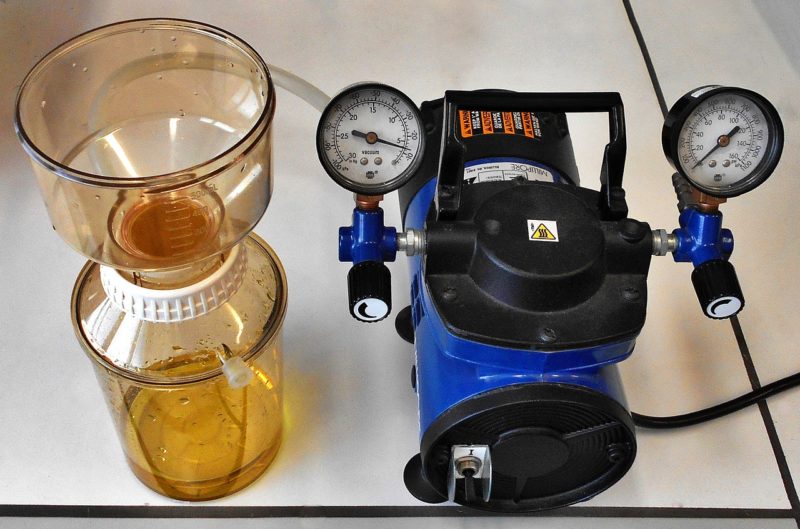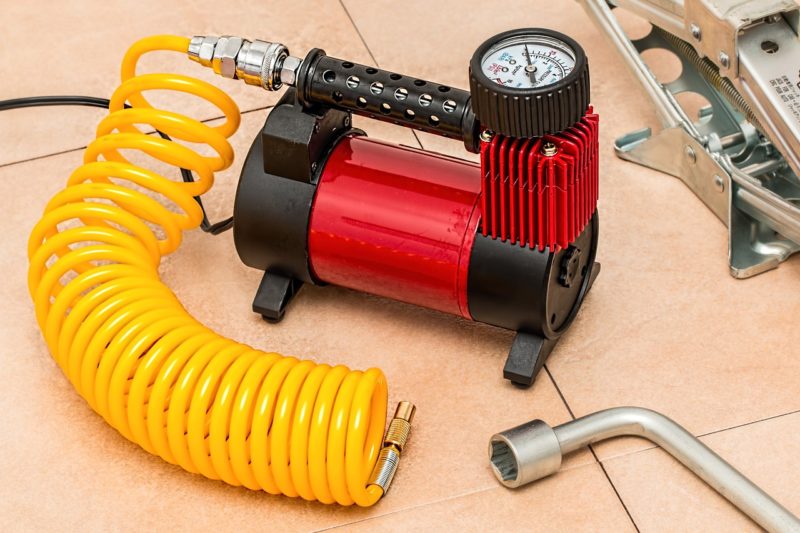How the vacuum pump industry has grown in recent years
The invention of the vacuum pump by Otto Von Guericke in 1650 introduced an indispensable tool in a plethora of critical industries including Energy & Power, Oil & Gas, Chemical, the Semiconductors Industry, among others. Since then, the vacuum pump sector has tremendously expanded; with its market share expected to hit $6.5 Billion by 2025. The two vacuum pump technologies (gas capture/binding and gas transfer) have both experienced an upward trend in implementation and revenue growth over the years.
Unravelling in the subsequent paragraphs is a digest of how the vacuum pump field has snowballed in recent years.
Dry vacuum pump applications in the semiconductor industry always witnessed an exponential growth in demand
Rapid technological developments in consumer electronics such as computers, tablets, and mobile phones have boosted semiconductor sales in the latter years. The rising purchasing power of such electronics by the middle class across the globe has also been one major driving factor in the surging demand for consumer electronics. The ballooning application and purchase of consumer electronics are consequently reflecting as exponential growth in demand for semiconductors.

The wet vacuum pumps are slowly losing their shares to the dry vacuum pumps
Over the years, dry vacuum pumps have proven more efficient and reliable in many applications compared to their wet counterparts. Dry vacuum pumps do not require water or oil to lubricate. Furthermore, they provide a contamination-free environment for various critical manufacturing processes. On the other hand, the wet pumps, as the name suggests, require water or oil to lubricate. Wet vacuum pumps best serve where the pumping speed required is tremendously high. Due to the exponential growth in the semiconductor industry (that hit a market share of $412.2 Billion in 2017), dry vacuum pumps slowly gained a competitive advantage of the wet vacuum pumps.
Based on technology; gas transfer vacuum pumps dominate the market
There are two types of vacuum pump technologies broadly captured in https://www.provac.com. Gas transfer vacuum pumps and gas capture/binding vacuum pumps. The former is further subdivided into positive displacement pumps and kinetic pumps. Gas transfer pumps are high-pressure products leveraged in heavy-duty applications such as power generation. They consist of 80% of the market share. Leaving the other 20% for gas capturing pumps.
Based on size; medium vacuum pumps have been dominating the industry in terms of revenue
Over the years, medium vacuum pumps have dominated the industry in terms of revenue. Their pressure range falls between 100 and 0.1 Pascals. Medium vacuum pumps are extensively applied in Oil & Gas and the chemical industries. They are expected to still dominate the overall industry in terms of revenue by 2025 at a worth of $2.25 Billion.
Asia Pacific and Germany are major regional vacuum pump markets
Finally, the strong presence of the semiconductor and chemical industries in the Asia Pacific has seen it feature as a significant vacuum pump market. On a different note, the heavy presence of chemical and pharmaceutical industries in German has equally seen it function as a key vacuum pump market among the European countries.









